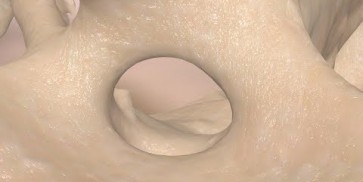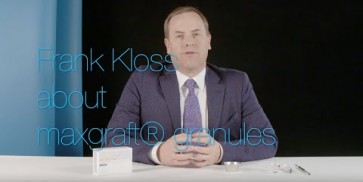
maxgraft® granules
- Extraction socket
- Ridge augmentation
- Osseous defects
- Intraosseous defects (1-3 walls)
- Sinus floor elevation
|
- Preserved biomechanical properties
- Sterile – no antigenic effects
- Storable at room temperature for 5 years
- Osteoconductive properties supporting natural
and controlled tissue remodelling
maxgraft® cancellous granules | ||||
|---|---|---|---|---|
Article Number | Particle Size | Content | ||
30005 | < 2.0 mm | 1 x 0.5 ml | ||
30010 | < 2.0 mm | 1 x 1.0 ml | ||
30020 | < 2.0 mm | 1 x 2.0 ml | ||
30040 | < 2.0 mm | 1 x 4.0 ml |
maxgraft® cortico-cancellous granules | ||||
|---|---|---|---|---|
Article Number | Particle Size | Content | ||
31005 | < 2.0 mm | 1 x 0.5 ml | ||
31010 | < 2.0 mm | 1 x 1.0 ml | ||
31020 | < 2.0 mm | 1 x 2.0 ml | ||
31040 | < 2.0 mm | 1 x 4.0 ml |

For experienced oral and maxillofacial surgeons, allograft bone is the only real alternative to harvesting the patient’s own autologous bone. This helps preventing well known risks such as donor-site morbidity, infection, post-operative pain, and bone-stability loss. The excellent biological regeneration capability of maxgraft® results in a predictable clinical outcome.
Please find our free webinars at www.botiss-webinars.com
Kostenfreie Webinare zu Schulungszwecken finden Sie unter www.botiss-webinars.com
Please find our free webinars at www.botiss-webinars.com
Please find our free webinars at www.botiss-webinars.com
Please find our free webinars at www.botiss-webinars.com
Please find our free webinars at www.botiss-webinars.com
Please find our free webinars at www.botiss-webinars.com






















































